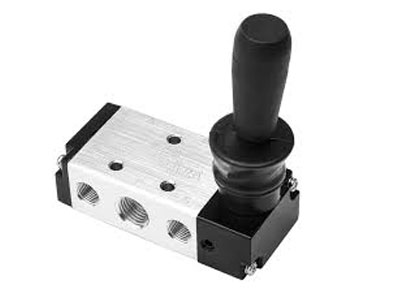How To Adjust A Flow Control Valve?
Key Takeaway
To adjust a flow control valve, start by turning off the valve to prevent any sudden pressure changes. Locate the flow control knob or stem near the valve body, and use it to make the necessary adjustments. Turning the knob or stem clockwise will decrease the flow, while turning it counterclockwise will increase the flow.
It’s important to make incremental adjustments, fine-tuning the flow gradually to ensure accuracy. After each adjustment, check the flow rate to verify it’s at the desired level. Once satisfied with the settings, tighten any locknuts or fixtures to secure the adjustment.
Step-by-Step Process to Adjust Flow Control Valves
Adjusting a flow control valve requires precision to match system requirements. Follow these steps:
1. Identify Flow Requirements: Determine the desired flow rate and pressure based on system specifications.
2. Close the Valve: Begin with the valve in the closed position to reset flow.
3. Open Slowly: Gradually open the valve while monitoring the flow rate.
4. Fine-Tune: Use small increments to adjust until the desired flow is achieved.
5. Secure Settings: Lock the valve in position to prevent unintentional changes.
For example, in HVAC systems, precise adjustments ensure optimal coolant flow, improving energy efficiency. Always follow manufacturer guidelines during the adjustment process to avoid system damage.

Tools and Equipment Required for Adjustment
Using the right tools ensures accurate valve adjustments and prevents damage. Common tools include:
1. Flow Meters: Measure the flow rate to verify settings.
2. Pressure Gauges: Ensure the system operates within safe pressure limits.
3. Wrenches and Screwdrivers: For loosening or tightening adjustment mechanisms.
4. Personal Protective Equipment (PPE): Safety gloves and goggles protect against leaks or system failures.
For automated valves, specialized tools like actuator controllers or diagnostic devices may be needed. For instance, in industrial systems, digital flow meters help in achieving precise flow adjustments. Always keep tools well-maintained and calibrated for accurate measurements.
Ensuring Proper Flow Settings After Adjustment
Once the valve is adjusted, verifying proper flow settings is critical. Follow these steps to ensure accuracy:
1. Monitor Performance: Check flow meters and pressure gauges to confirm desired rates.
2. Inspect Connections: Ensure all fittings are secure to prevent leaks.
3. Test Under Load: Operate the system at full capacity to verify flow stability.
For example, in irrigation systems, observing water distribution patterns ensures even flow across the field. Regular monitoring post-adjustment helps identify any deviations early, minimizing downtime.
Common Adjustment Mistakes and How to Avoid Them
Mistakes during valve adjustments can compromise system performance. Avoid these errors:
1. Over-Tightening: Excessive force can damage valve components. Use just enough torque to secure settings.
2. Skipping Calibration: Failing to calibrate tools like flow meters leads to inaccurate adjustments.
3. Rushing the Process: Quick adjustments often result in incorrect flow rates. Always take a gradual approach.
For example, over-tightening in hydraulic systems can cause leaks or reduce valve lifespan. Proper training and adherence to guidelines ensure smoother adjustments and prevent costly repairs.
Testing and Verifying Valve Performance After Adjustment
Testing the valve ensures it meets system demands after adjustment. Key steps include:
1. Conduct Flow Tests: Measure actual flow rates and compare them to desired settings.
2. Monitor Temperature and Pressure: Sudden spikes indicate improper adjustment or system issues.
3. Perform Leak Checks: Use a soap solution to detect small leaks around valve seals.
In automated systems, software tools help monitor valve performance in real-time, providing instant feedback. For instance, in pharmaceutical manufacturing, testing ensures precise flow control critical for maintaining product quality.
Conclusion
Flow control valves are integral to system efficiency, and regular adjustments ensure optimal performance. By using the correct tools, avoiding common mistakes, and conducting thorough testing, engineers can maintain accurate flow settings, reduce energy waste, and extend valve life.
Whether in industrial processes or household systems, understanding and applying proper adjustment techniques helps prevent downtime and ensures smooth operations.

